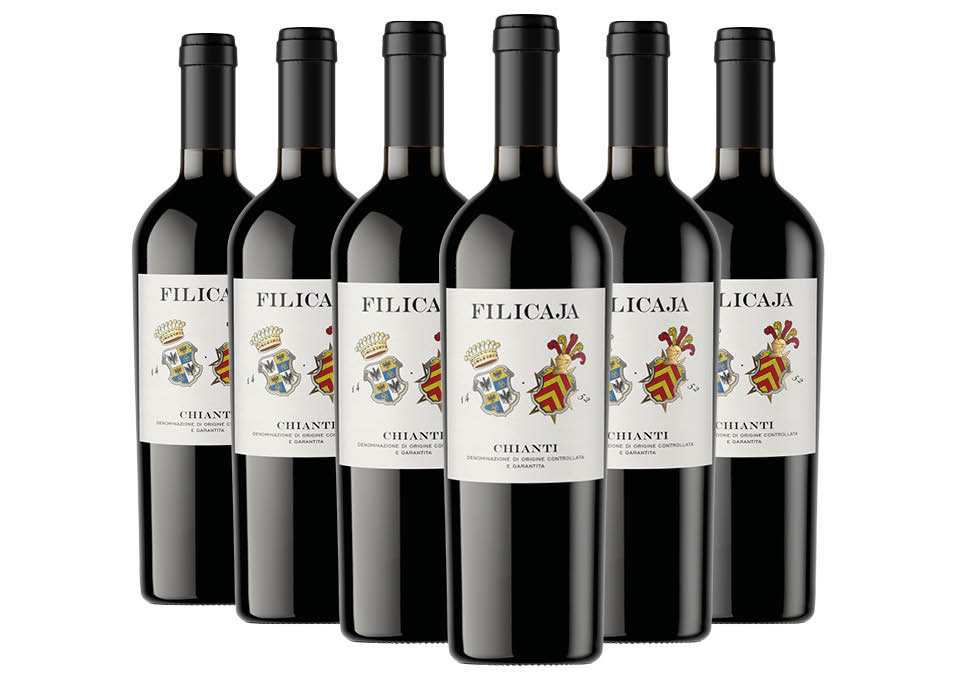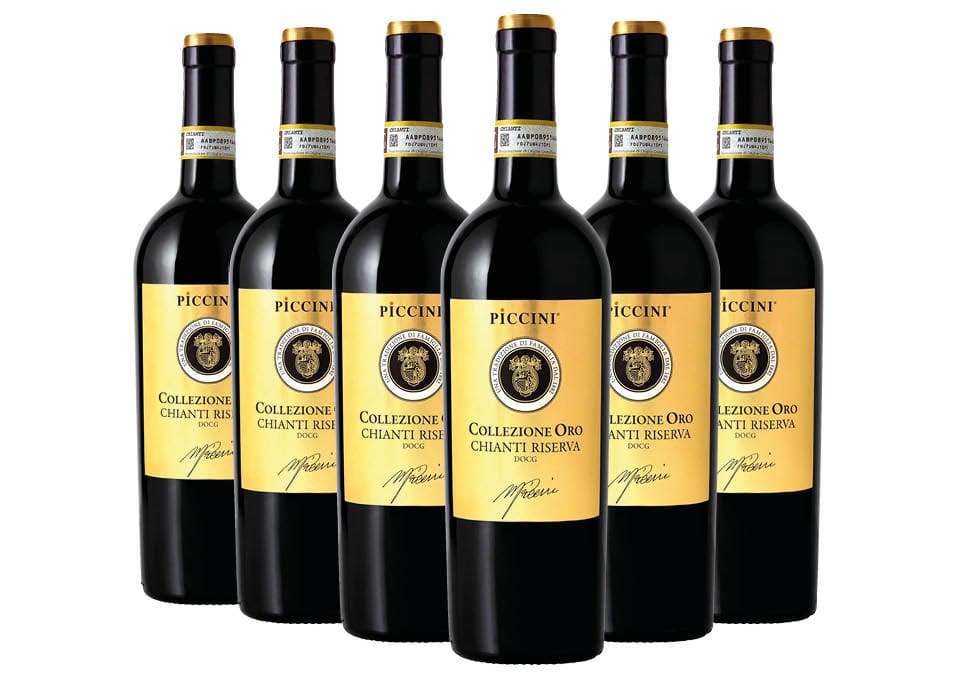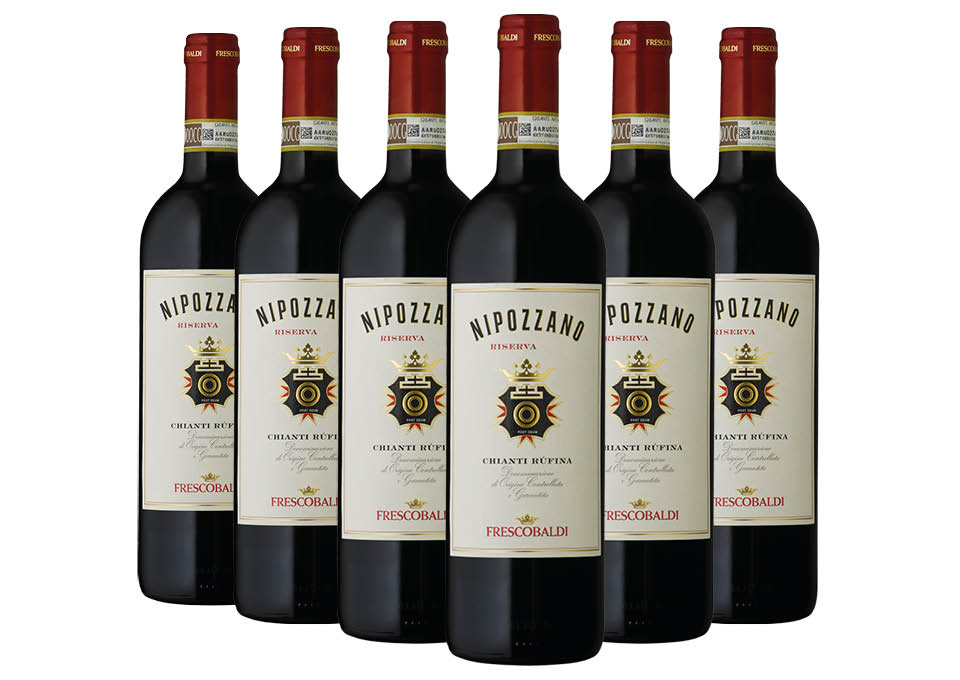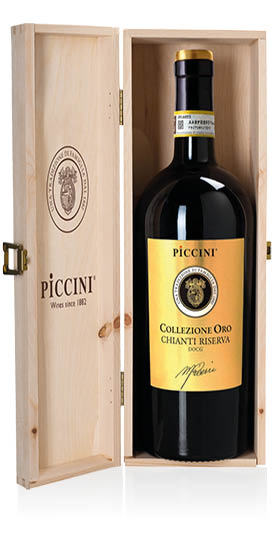Chianti
Chianti has ancient and deep roots. The term “Chianti” appears for the first time in the documents of the Datini di Prato archive, to indicate a special type of wine. In medieval times the name referred to "wine of Florence" and only in the seventeenth century, with the intensification of trade, was it officially recognized as a typical wine of the area. Choosing to drink Chianti means choosing a wine with a prestigious past, which is the essence of a territory loved all over the world. Chianti is produced in the provinces of Florence, Siena, Arezzo, Pisa, Pistoia and Prato, treasures of beauty and guardians of the “know how to make wine”. According to the area of origin, Chianti wine can be called: "Colli Aretini", "Colli Fiorentini", "Colli Senesi", "Colline Pisane", "Montalbano", "Montespertoli" and "Rufina". The Chianti region has a unique landscape, characterized by rolling hills and terraces of unmistakable vineyards, which have become a symbol of the most authentic Tuscany. In this context of beauty one of the most loved wines in the world is born, which owes its peculiarities to the Sangiovese grapes and the unique terroir that characterizes the production area. In a glass of Chianti, notes of cherry and undergrowth predominate, freshness, elegance and depth. We can't wait to let you discover the best Chianti wines on Vino.com!
Chianti, Chianti Classico and Chianti Classico Riserva: the differences
Chianti and Chianti Classico are among the most famous types of red wine in the world. Unlike Chianti, Chianti Classico can only be obtained in the original Chianti production area: a territory that includes the municipalities of San Casciano Val di Pesa, Greve in Chianti, Tavarnelle in Val di Pesa, Poggibonsi, Barberino Val d'Elsa. , Castellina in Chianti, Radda in Chianti, Gaiole in Chianti and Castelnuovo Berardenga. Chianti Classico DOCG can in turn be either a Riserva or a Gran Selezione vintage, depending on the ageing period to which it is subjected. The vintage Chianti Classico is the young expression of the typology. It is a product characterized by a slender and fragrant body. It is so versatile that it can be combined with numerous gastronomic proposals, an Italian best seller. The apex of Chianti production is represented by the Chianti Classico Riserva and the Chianti Classico Gran Selezione, wines with longer ageings, which represent an intense and full-bodied interpretation of Sangiovese and capable of showing great evolutionary capacity and fantastic longevity. In organoleptic and gustatory terms, compared to the vintage Chianti Classico, the Chianti Classico Riserva expresses greater aromatic complexity, with toasted and vanilla notes that are even more intensified in the Chianti Classico Gran Selezione version. Discover the best selection of Chianti Classico on Vino.com.
Does white Chianti exist or is it just a red wine?
Traditionally, Chianti is associated with soft hills outlined by rows of Sangiovese and other red berried grapes from which intense and full-bodied wines originate. This association is correct because Chianti is a red wine. However, the Chianti area is also cultivated with white grape varieties, an example is the Torricella, IGT Toscana, by Barone Ricasoli, a white that is born in vineyards located on the Sienese hills. It is mainly produced with Chardonnay and Sauvignon Blanc grapes and has a rich and complex structure, which expresses its typically Tuscan character. The color is straw yellow, has a bouquet of citrus notes balanced by vanilla notes and fruity nuances. In the mouth it is fresh and pleasant, full and structured. It can be drunk young, but it is also suitable for a long ageing.
Is Chianti a still or sparkling wine?
Chianti is known for being a still, full-bodied wine with great ageing potential. There are no sparkling wines belonging to the Chianti appellation. You will be pleased to discover this interesting historical parenthesis set between 1834 and 1837. During those years, Baron Bettino Ricasoli gave birth to the Chianti Government for the Tuscan use, a pleasantly sparkling red wine that is ready to drink. This type of vinification consists in harvesting the ripest part of the Sangiovese bunch in advance and leaving it on the racks until drying. Once pressed, the grapes produce a must which, added to the wine that has finished fermentation, starts a second fermentation which gives the wine a fresh effervescence. Today, according to the production disciplinary, this type of vinification cannot be performed to produce Chianti wine.
What to combine with Chianti?
Have you just been in Chianti, have you stocked up on Vino.com to organize your return dinner and don't know what food-wine combinations to propose? Again, your trusted online sommelier has all the answers to your questions. Let's start with the characteristics of Chianti. Sangiovese has a fruity profile enhanced by balsamic notes, especially in the Riserva version it has a marked acidity and lively tannin, which prolongs its persistence. It is harmonious and full-bodied. Ageing in wood contributes to its structure and makes it suitable for first courses with meat sauce and second courses with meat, even grilled. To accompany Chianti, there is nothing better than Florentine steak, tagliata or beef. Chianti is also perfect to combine with aged cheeses. One last recommendation from your trusted online sommelier: always keep your bottle of Chianti away from light or heat sources, so as not to alter its organoleptic properties. Now choose your favorite Chianti!


















